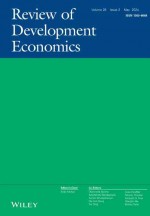Pedro G. Ferreira, and Glenn D. Starkman
Science Vol. 326. no. 5954, pp. 812 - 815 DOI: 10.1126/science.1172245
ViewThe observed matter in the universe accounts for just 5% of the observed gravity. A possible explanation is that Newton’s and Einstein’s theories of gravity fail where gravity is either weak or enhanced. The modified theory of Newtonian dynamics (MOND) reproduces, without dark matter, spiral-galaxy orbital motions and the relation between luminosity and rotation in galaxies, although not in clusters. Recent extensions of Einstein’s theory are theoretically more complete. They inevitably include dark fields that seed structure growth, and they may explain recent weak lensing data. However, the presence of dark fields reduces calculability and comes at the expense of the original MOND premise, that the matter we see is the sole source of gravity. Observational tests of the relic radiation, weak lensing, and the growth of structure may distinguish modified gravity from dark matter.




